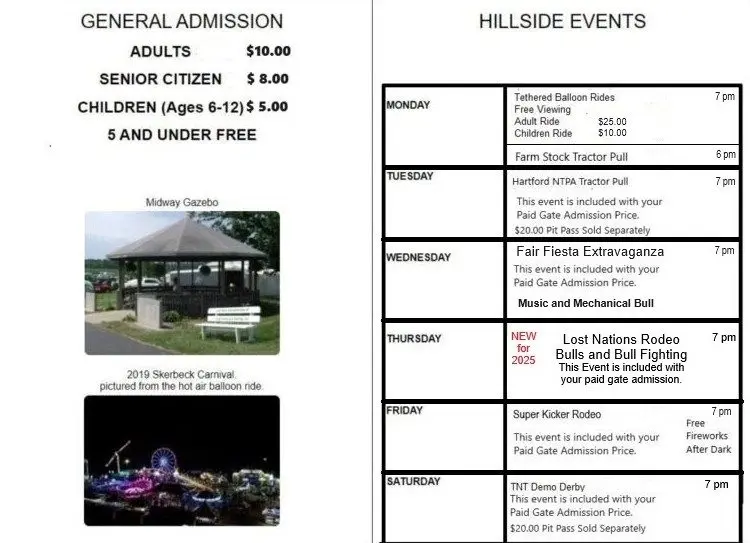Michigan State University Extension Fruit Educator Mark Longstroth continues to get an inordinate number of phone calls, e-mails, text messages and conversations regarding the ongoing unseasonably warm weather of late. With Meteorologist David Harker at WNDU Newscenter 16 telling us that one more day of 60-plus temperatures will establish a new February record of eight straight days, it’s understandable that not only fruit growers, winemakers and others are concerned, but even residents who have fruit trees on their own property.
Fortunately for Mr. Longstroth, he has substantial record-keeping to fall back on, and he’s continually monitoring weather conditions, temperature readings, crop development and more in order to best analyze the current situation.
He continues to be what you might call cautiously optimistic about where we’re at and what might still come our way.
He writes regularly online to keep farmers, growers, vineyard managers and others apprised of his research, and has posted his latest evaluation of what this stretch of warmer weather will mean to the fruit crops in Michigan’s Great Southwest.
He routinely suggests that there is no need to worry, because most have not completed their chilling requirement. He says, “When perennial plants go dormant in winter, they track the hours just above freezing (between 35 and 45 degrees Fahrenheit) to avoid winter cold. That is the chilling requirement.” He adds, “Temperatures below freezing do not matter. During winter dormancy, the trees can acclimate to very cold temperatures. Once the chilling requirement is met, then the plans can grow with warmer weather.”
Longstroth points out that the fruits we grow in the region require about 700 to 1,300 hours of chilling to satisfy their dormancy requirement before they will begin growth in the spring. Normally, we get over 1,400 hours in Michigan and chilling is not a problem.
The fruit expert says that the North Central Climate Center maintains a Chilling Hours Map using weather data. He tells us, “On this map, it looks like most of Michigan has 800 to over 1,000 hours of chilling.” He also has been tracking chilling hours for several MSU automated weather stations, including one in Benton Harbor. He says, “I get results that indicate the southern portion of Lower Michigan has completed chilling for many varieties with a chilling requirement of less than 1,000 hours and many others are close to completing chilling.”
He reports to us, “This does not mean Michigan’s fruit crop will be wiped out by cooler temperatures below freezing. It only means they have lost the ability to acclimate to deep winter cold. As fruit plants begin to grow in spring, we use a table of critical bud temperatures to tells us what temperatures will harm the flower buds.” He says the table gives temperatures at which 10-percent and 90-percent of the buds would be killed. At the earliest stages of growth, the spread for the critical bud temperatures between those two extremes is very wide.
By way of example, Longstroth says at the earliest bud stages in apples, 15-degrees would kill 10-percent of the buds, but it would need to get down to 2-degrees to kill 90-percent of the crop. Similarly, for peaches 18-degrees would take 10-percent of the crop out, but it would need to drop to 1-degree to kill 90-percent of the crop.
Most importantly, Longstroth says, “I do not expect temperatures down to 10-degrees any time soon and, in fact, I consider them very unlikely. Most of the last month has felt like March, and I consider the spring warmup has begun. Some people are worried about snow, while I would be happy to see snow, because this time of year when it snows the temperatures are just below freezing in the 20s and that would not cause any damage.”
Tapping historical records, Longstroth says fruit growers tend to remember five years ago in the early spring of 2012 when two summer-like weeks in March set the Michigan fruit industries up for widespread losses to spring freezes in April. He says, “Growers ask me how far ahead of 2012 we are and that makes no sense to me because we are just starting growth in SW Michigan. There is nothing to compare yet. We are in the middle of several days of warmer weather with daytime highs near 60. In 2012, we had a week of highs in the 80s and nighttime lows in the 60s.”
Longstroth says last week we were at the same place for growing degrees where we were in 2012, but in that year we have a couple of weeks of summer in March. He points out that a year later, in 2013, we actually had a warmer February than in 2012, however in ’13 the spring cooled down, plant growth slowed and “we did not have any spring freeze damage in most areas, and actually had a huge crop.” He notes, “It all depends on whether we stay warm or if we cool back down in March and April.”
The MSU expert says, “I am concerned, but not worried, about a damaging freeze soon. As the buds swell, I am still only concerned. When growth continues and the buds begin to burst or open, then I will be worried. Generally, as buds burst they can be damaged by temperatures around 20, and the difference between light damage (10-percent) and severe damage (90-percent) is much smaller. Freeze events with lows down to 20 are common in March.”
Longstroth concludes, “Yes, it looks like we are off to an early start this spring in southern Michigan, but it seems unlikely we will suffer any damage in the near future. Colder weather will slow down plant growth. If warmer than normal temperatures return and are the rule this spring, our fruit crops will be more advanced and will probably bloom early. If were are in vulnerable growth stage before and during bloom, that will increase the chance of damaging spring freezes.”
Finally, he notes, “All we can do is watch the weather forecasts and hope for cool weather.”






